Longtailed Salamander
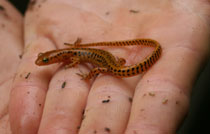
The Longtailed Salamander
(Eurycea longicauda longicauda) is a neat little amphibian found in Maryland East of the fall line. Characteristics include bright yellow coloration with herringbone marks down its back, and a tail that makes up more than half its total body length.
Learn more in this informative
 Fact Sheet
Fact Sheet
Blueback Herring
Blueback Herring
(Alosa aestivalis) is a small to medium anadromous fish reaching 15 inches in length. In Maryland, herring utilize most of the larger tributaries to the Chesapeake Bay, traveling upstream until they reach the first major river blockage or their spawning grounds.
Learn more in this informative
 Fact Sheet
Fact Sheet
Common Ribbonsnake
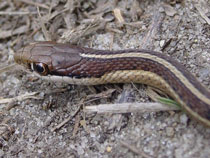
The common ribbonsnake is found throughout Maryland and looks much like the eastern gartersnake. However, the ribbonsnake has a distinctive yellow patch in front of its eyes. This small species can often be found near or in water. Photo credit: Corey Wickliffe
Learn more in this informative
 Fact Sheet
Fact Sheet
Northern Watersnake
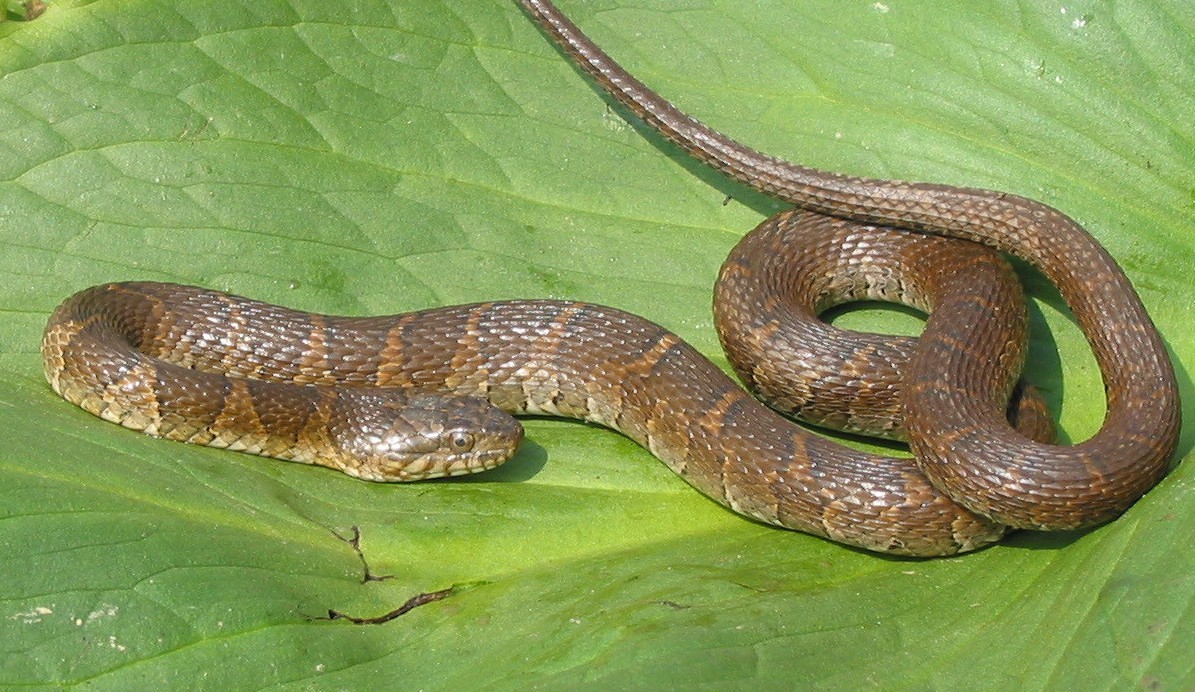
The Northern watersnake is one of the most common snakes in Maryland and can be found in or around rivers, streams, ponds, and lakes. It is non-venomous, but very aggressive and will bite readily if handled. Many people confuse this snake with water moccasins and cottonmouths, but these two species do not occur in Maryland. Photo credit: Scott Smith
Learn more in this informative
 Fact Sheet
Fact Sheet
Eastern Hellbender
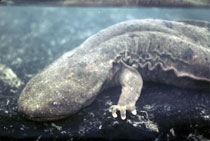
Measuring from 11-20 inches long, the Eastern Hellbender is the largest salamander in Maryland and the third largest in the world. It is listed as endangered in the state, and the remaining populations are declining due to habitat loss through acid mine drainage, sedimentation, and persecution by fishermen.
Learn more in this informative
 Fact Sheet
Fact Sheet
Eastern Elliptio Mussel
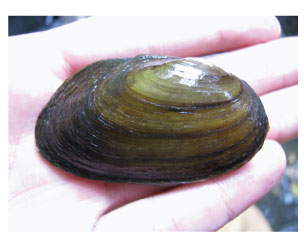
Freshwater mussels do important jobs in streams, rivers, and lakes, such as filtering nutrients and sediments from the water, and providing habitat and food to other animals. The Eastern elliptio (Elliptio complanata)is the most common mussel species in the streams of Maryland, though it is also not as common as it was decades ago.
Learn more in this informative
 Fact Sheet
Fact Sheet
Giant Stonefly

The Giant Stonefly, (Genus
Pteronarcys) are dark, drab, cockroach-like animals that are HUGE by stonefly standards - mature nymphs can be almost 2” long. They are excellent indicators of stream health. Due to their strict environmental requirements, Giant Stoneflies live in some of Maryland’s healthiest streams.
Learn more in this informative
 Fact Sheet
Fact Sheet
The Rusty Crayfish

The invasive Rusty Crayfish was discovered by biologists of the Maryland Department of Natural Resources (MDNR) in Marsh Creek, a northern tributary to the Monocacy River, in 2007.This crayfish, a formidable invader and nuisance species that has caused ecological damage in many other regions is believed to have been introduced into the Monocacy River as bait by anglers. It is now highly abundant and reproducing in the northern portion of the river. Since any attempt to eradicate this species would cause undue harm to other aquatic species and would likely prove futile, MDNR focused its efforts on preventing the spread of Rusty Crayfish by anglers from the Monocacy into other Maryland watersheds.
 Continue this story.
Continue this story.